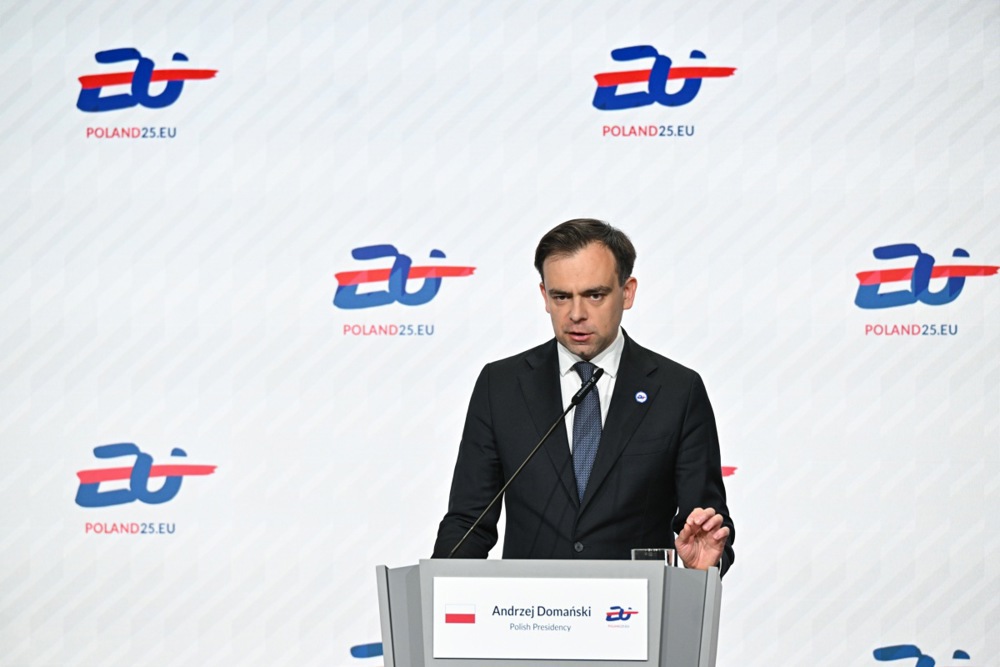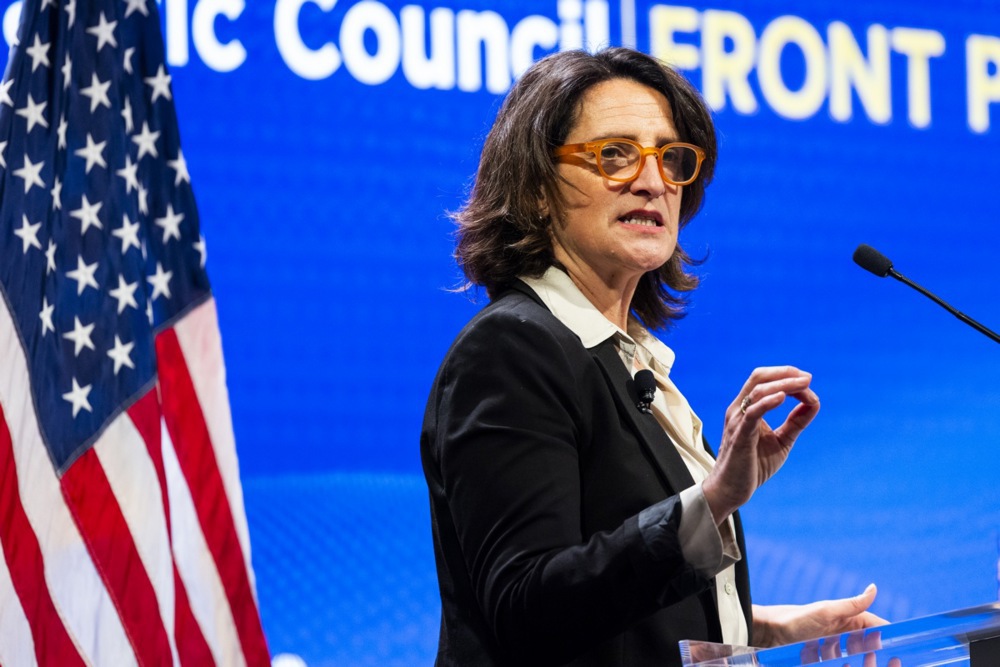Foreign weapons and defence technology makers seem poised to cash in on Europe’s defence boom, side-lining the continent’s own industry despite soaring military budgets.
A sharp rise in European Union defence spending, spurred by global tensions and a new €1.5 billion initiative by the European Defence Industry Programme (EDIP), may largely bypass European manufacturers as foreign firms could capture a significant share of upcoming contracts.
Despite calls from MEPs on April 24 to channel more funds into the EU’s homegrown military industry through the EDIP, analysts warned that the bloc’s member states’ entrenched reliance on non-European suppliers threatened to undermine its strategic autonomy goals.
According to the Stockholm International Peace Research Institute (SIPRI), Europe’s military expenditure rose by 16 per cent in 2024 — the largest annual increase since the end of the Cold War — with spending particularly concentrated on high-tech systems where European production lags behind, such as air defence, drones and missile technology.
The European Parliament’s proposal for EDIP sets a minimum threshold of 60 per cent EU content in defence products eligible for funding.
Procurement officials cited by Brussels-based think-tank Bruegel though suggested a lack of strict enforcement mechanisms risked diluting the policy’s impact, as urgent operational needs pushed governments toward faster, off-the-shelf imports from outside the bloc.
In France and Germany — two of the EU’s main defence manufacturing hubs — industry associations have expressed concerns that, without mandatory European sourcing clauses, large segments of the EDIP’s €1.5 billion could ultimately benefit US and Israeli firms, particularly in areas including missile defence and tactical drones.
In 2024, France alone signed €7 billion worth of arms contracts with non-European suppliers, a figure that dwarfed domestic procurement deals and reflected broader European patterns.
In Germany, recent government tenders in the air defence sector similarly favoured foreign systems, with Berlin citing delivery speed and proven combat performance.
A report by Bruegel highlighted that the success of EDIP and related EU defence initiatives hinged on a small number of countries — notably France, Germany, Italy, Spain and Sweden — that possess sufficient industrial capacity to compete.
Without stronger incentives for broader EU sourcing, smaller and Eastern European member states are expected to continue bypassing European suppliers, it said.
This divergence risked entrenching a two-speed defence industry across the EU, the report reads, with wealthier member states consolidating their manufacturing bases while smaller and Eastern European countries became increasingly dependent on foreign imports.
While France, Germany and Italy were positioned to absorb the majority of EDIP financing due to their extensive defence sectors, countries including Poland, Romania and the Baltic States, despite sharply increasing their military budgets, lacked the local industrial base to meet procurement demands internally.
As a result, they were expected to continue sourcing critical equipment — particularly air defence and heavy armour — from outside Europe, a trend SIPRI noted had accelerated since 2022.
The Middle East conflict escalation, alongside the ongoing war in Ukraine, was speeding procurement cycles across Europe, further favouring US, Israeli and, increasingly,, South Korean suppliers that were capturing major contracts in air defence, artillery and drone sectors due to faster delivery capabilities, according to SIPRI.





